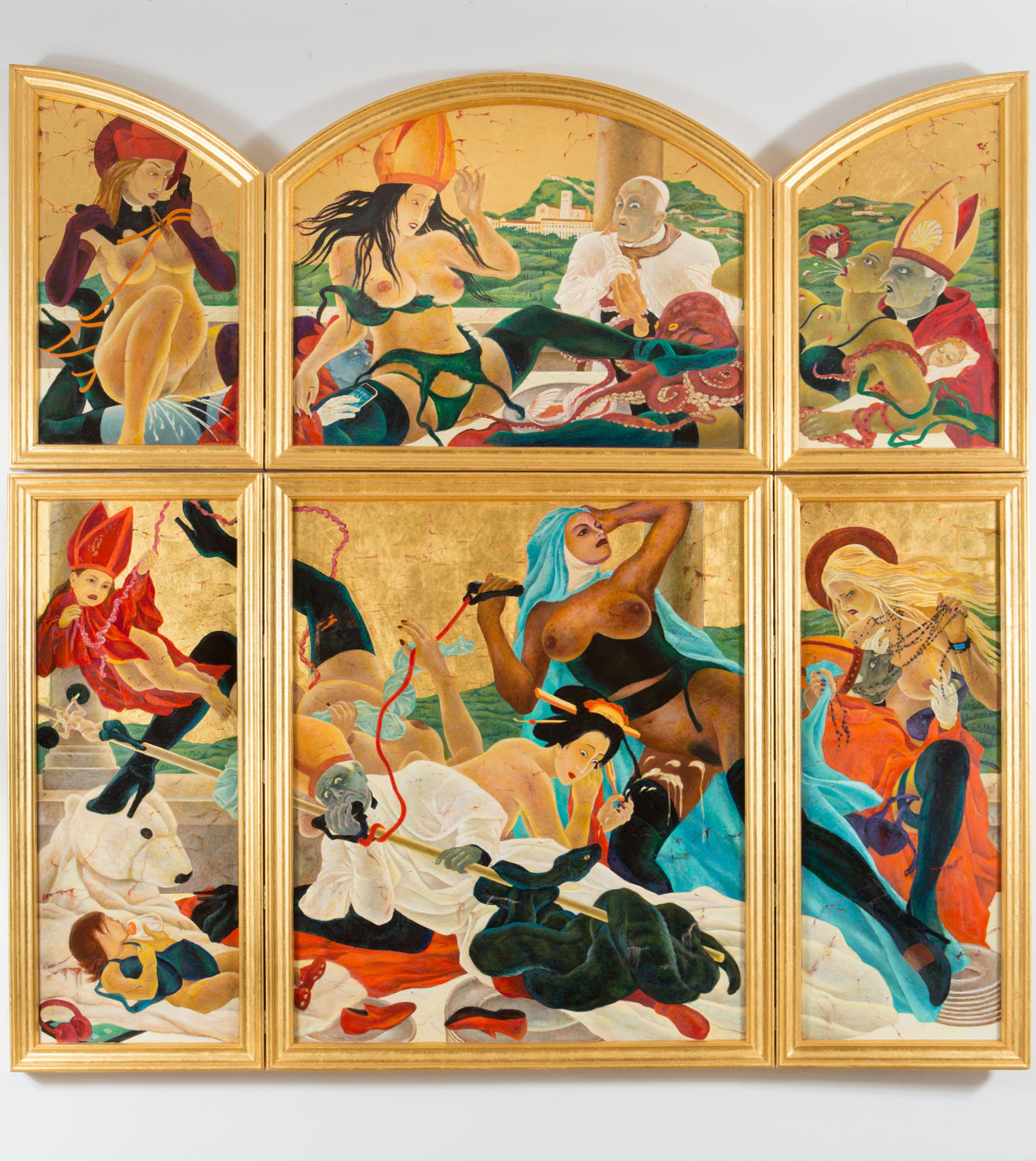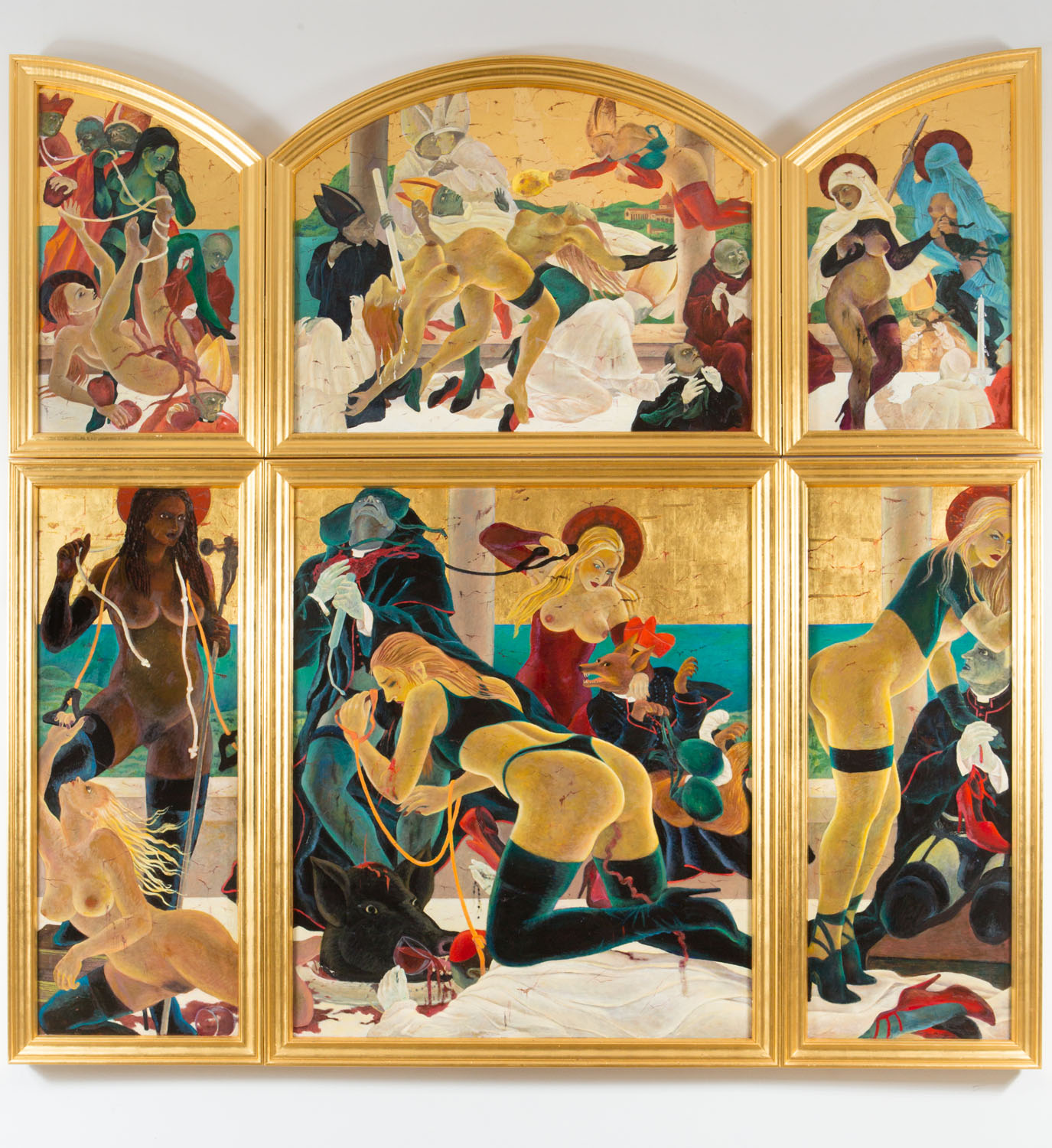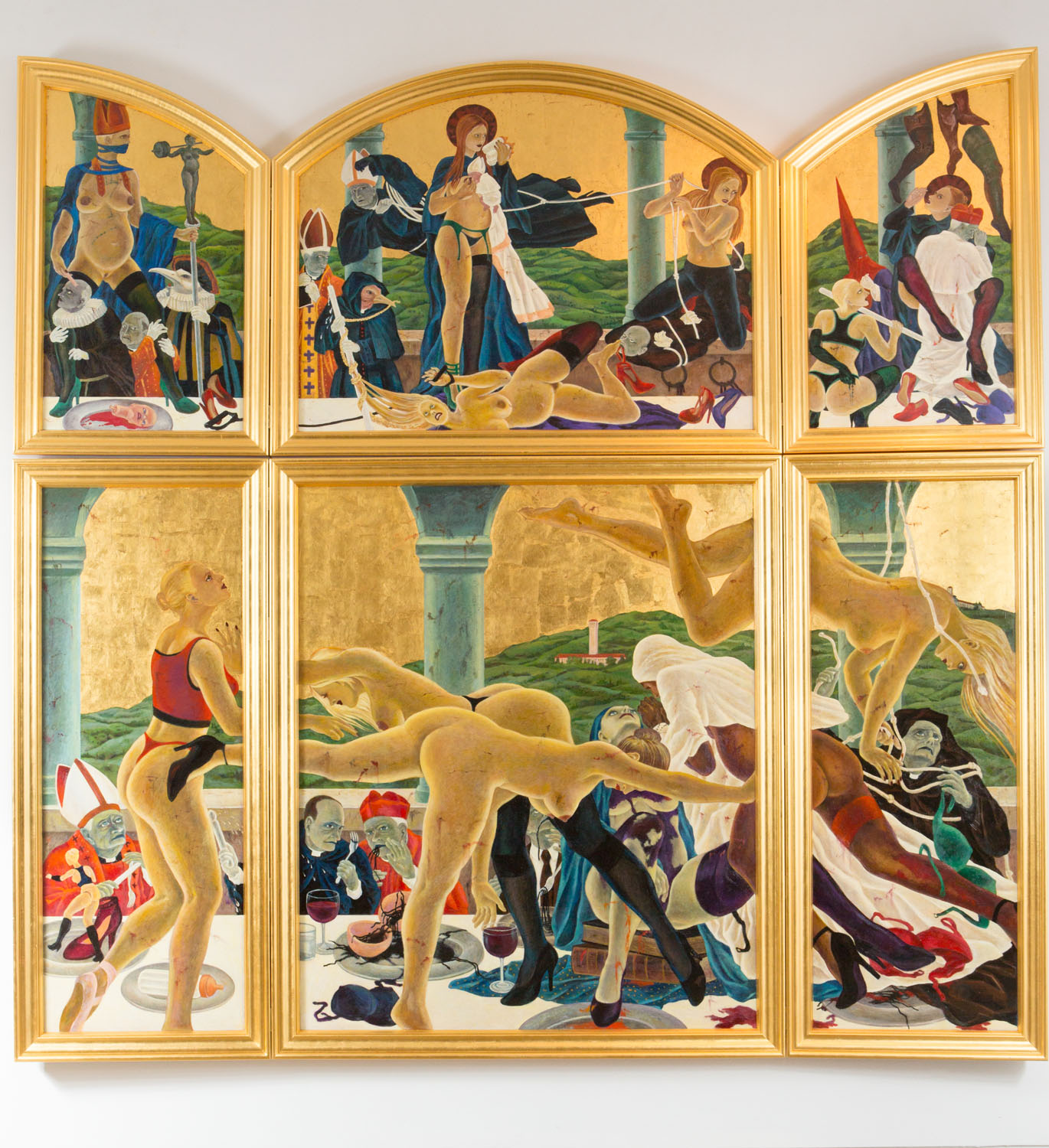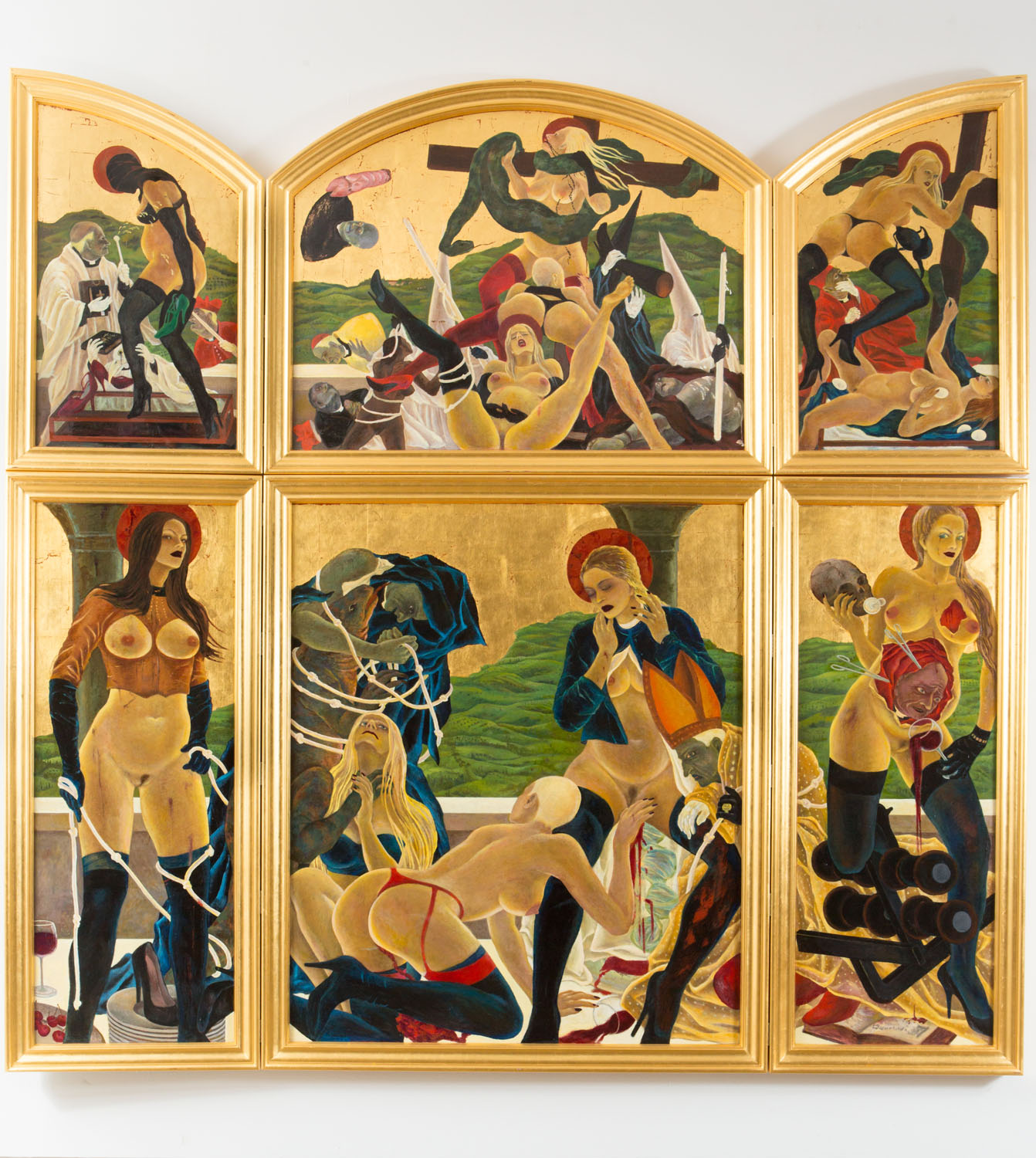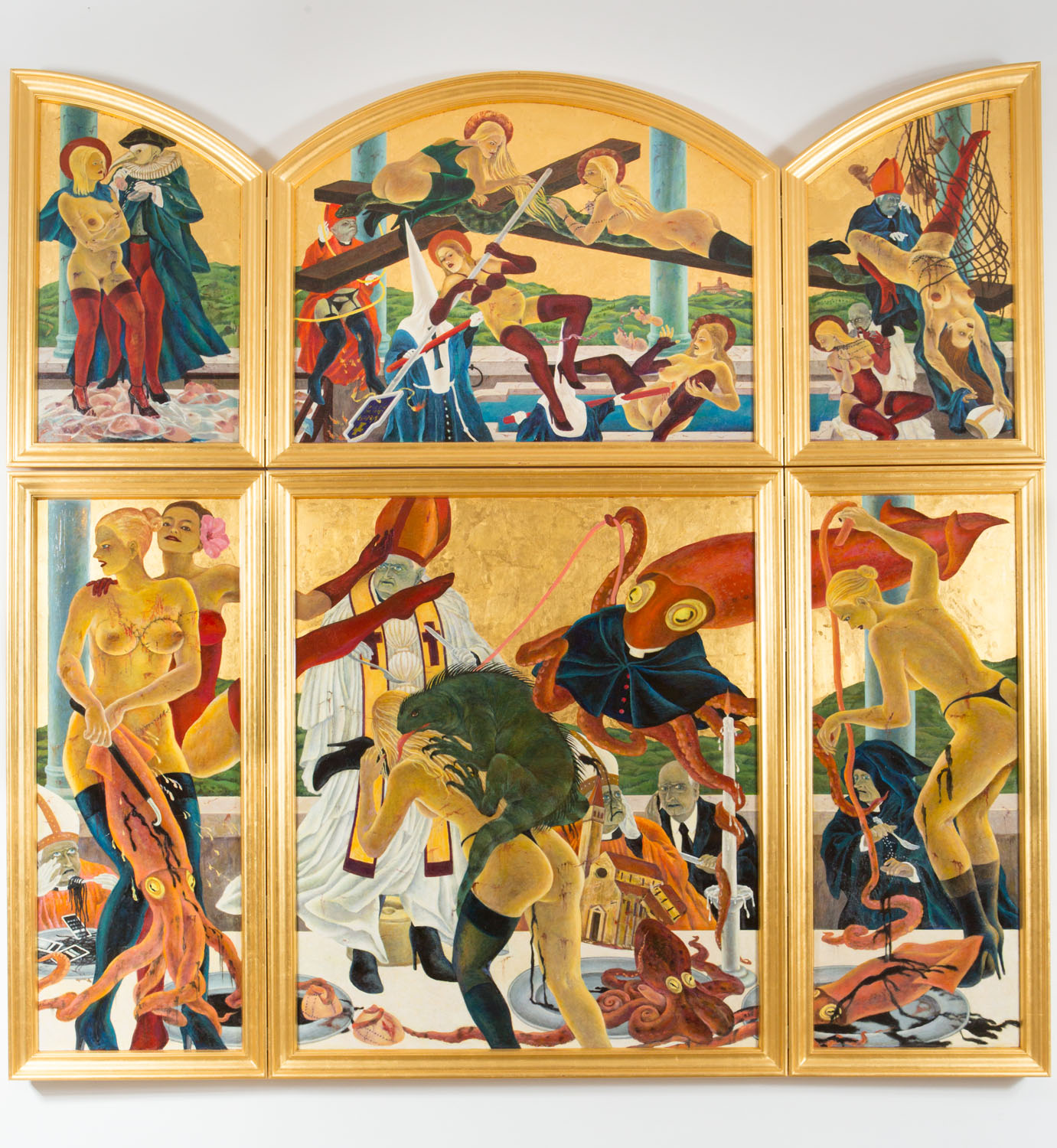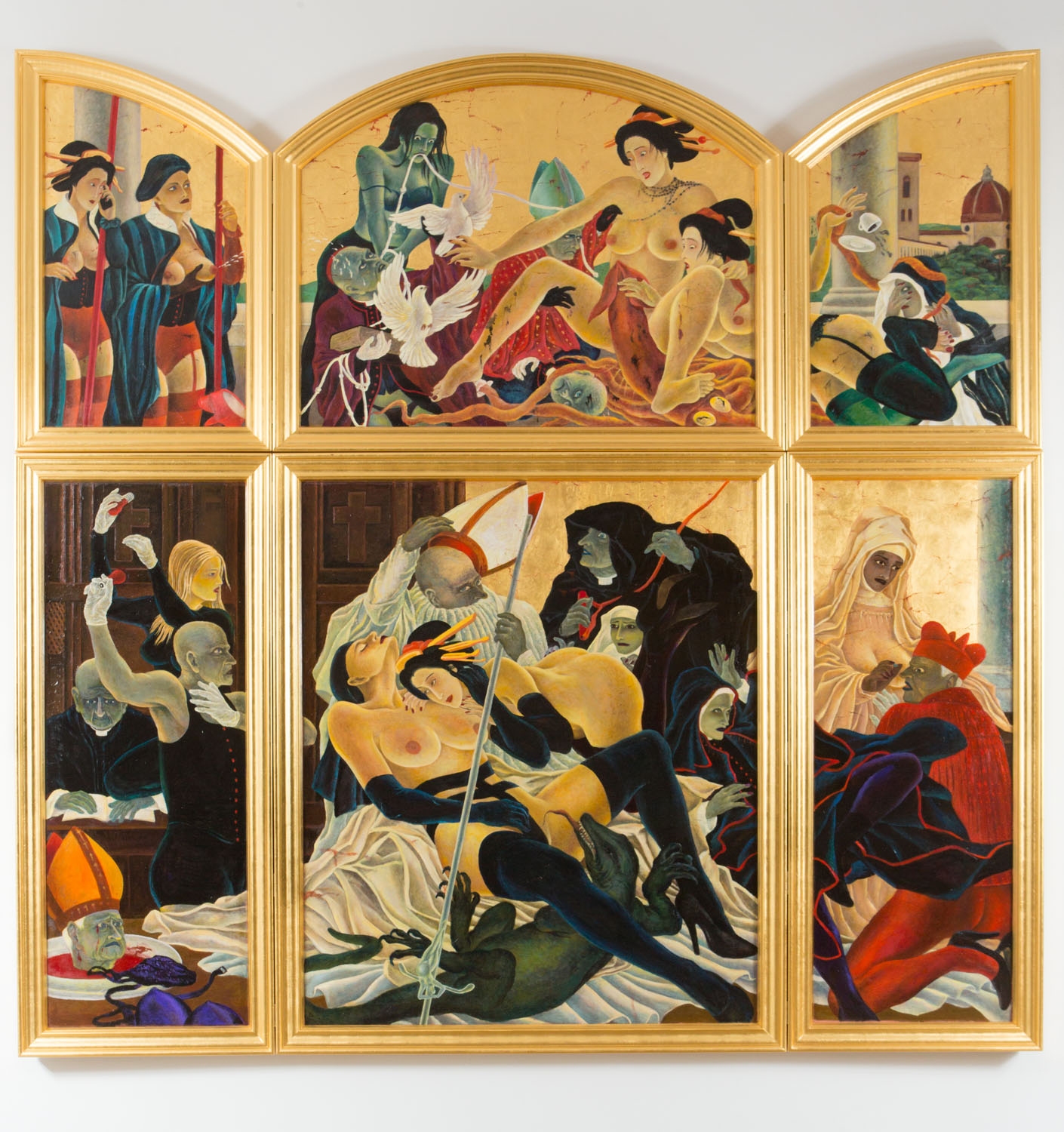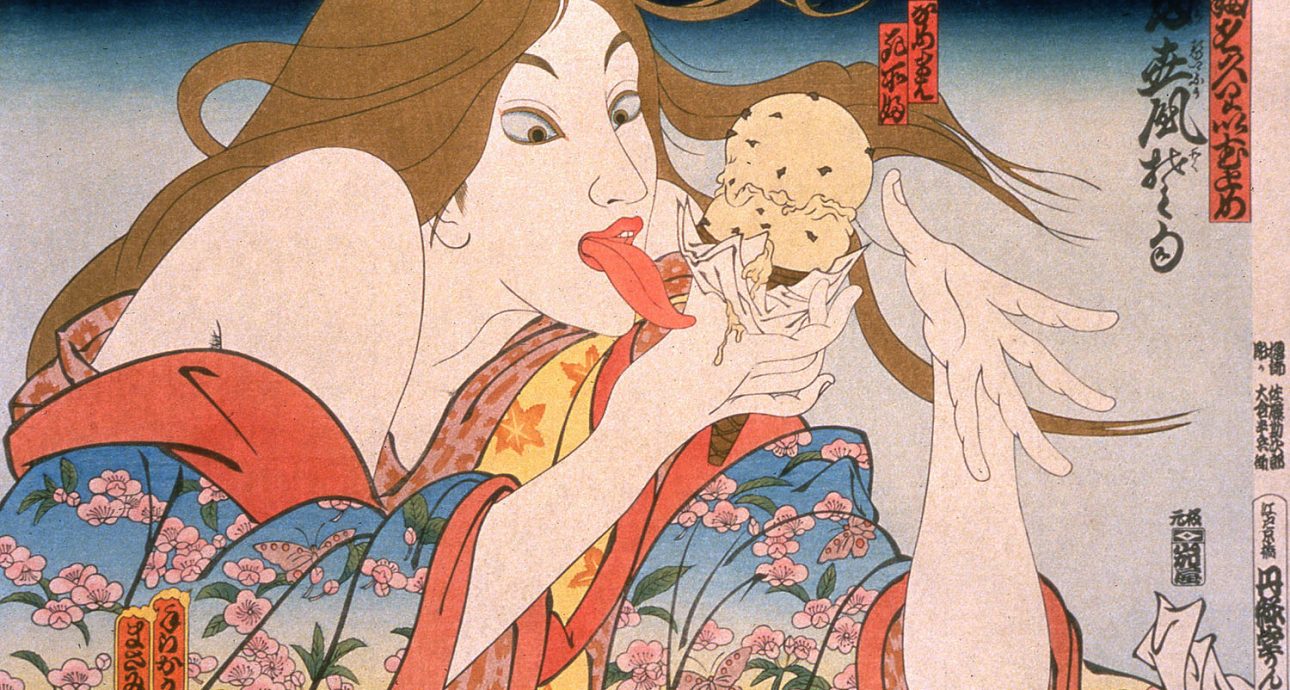
Masami Teraoka: Reality of This Issue Is Much More Provocative Than My Art
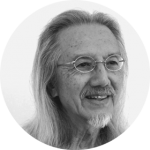
Japanese-American contemporary artist, born in Onomichi (Japan), now lives in Hawaii. Studied at the Kwansei Gakuin University in Kobe and after moving to USA in the Otis Art Institute in Los Angeles. Since the 80s had numerous solo exhibitions, his works are in more than 50 public collections worldwide, including the Fine Arts Museums of San Francisco, the Metropolitan Museum of Art, New York, Tate Modern, London and many others. Currently works on a triptych on Pussy Riot’s vision and history. The works will be represented in the Koa Art Gallery, Honolulu, Hawaii in February 2017.
Bargained Dream
When I turned 50 years old I had to renew my Japanese passport, so I went to the immigration office in Tokyo. The clerk refused to accept the photograph I had brought, which showed me looking the way I usually look. He insisted that I should go to the nearest atelier, borrow a suit and a tie, and take a “proper” photo. I found this to be ridiculous. It was bureaucratic and meaningless in such a typical Japanese way that I left the office and simply walked away from my Japanese citizenship. Since then I’ve never seriously considered returning to Japan for any length of time. I might go back for a good dinner in Tokyo.
In Japan my family kept a kimono store. When my father was young he wanted to go to the United States and become a musician, but he was the first son and so my grandfather forbade him to leave. My father struck a bargain: he would abandon his music and remain in the business, and in return his own son would get the freedom to fulfill his own dream. My grandfather kept his promise: even though I was the only grandson he knew I wouldn’t stay and continue his work.
I arrived in the United States at the age of 25. I made art in Los Angeles for 18 years, and then in 1979 the Whitney Museum of American Art in New York presented a solo show of my work. I remember that Andy Warhol’s solo show was at the same time on a floor above me. One of the places where my show traveled was Hawaii, and that changed my life because the next year I moved to Hawaii, where I’ve lived ever since. It’s quite far away from the great centers of art activity, but it is a very good place for mental and physical health.
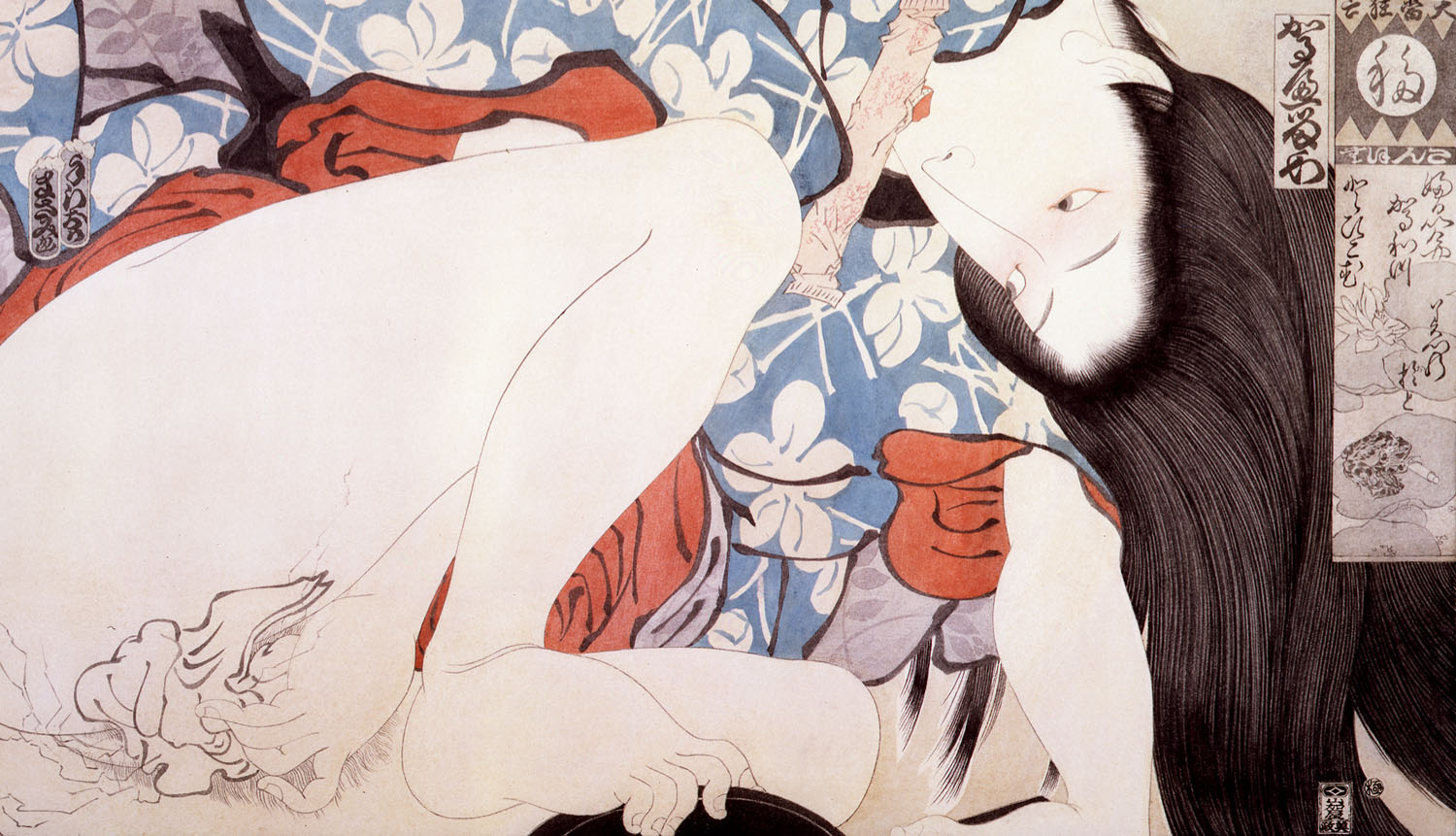
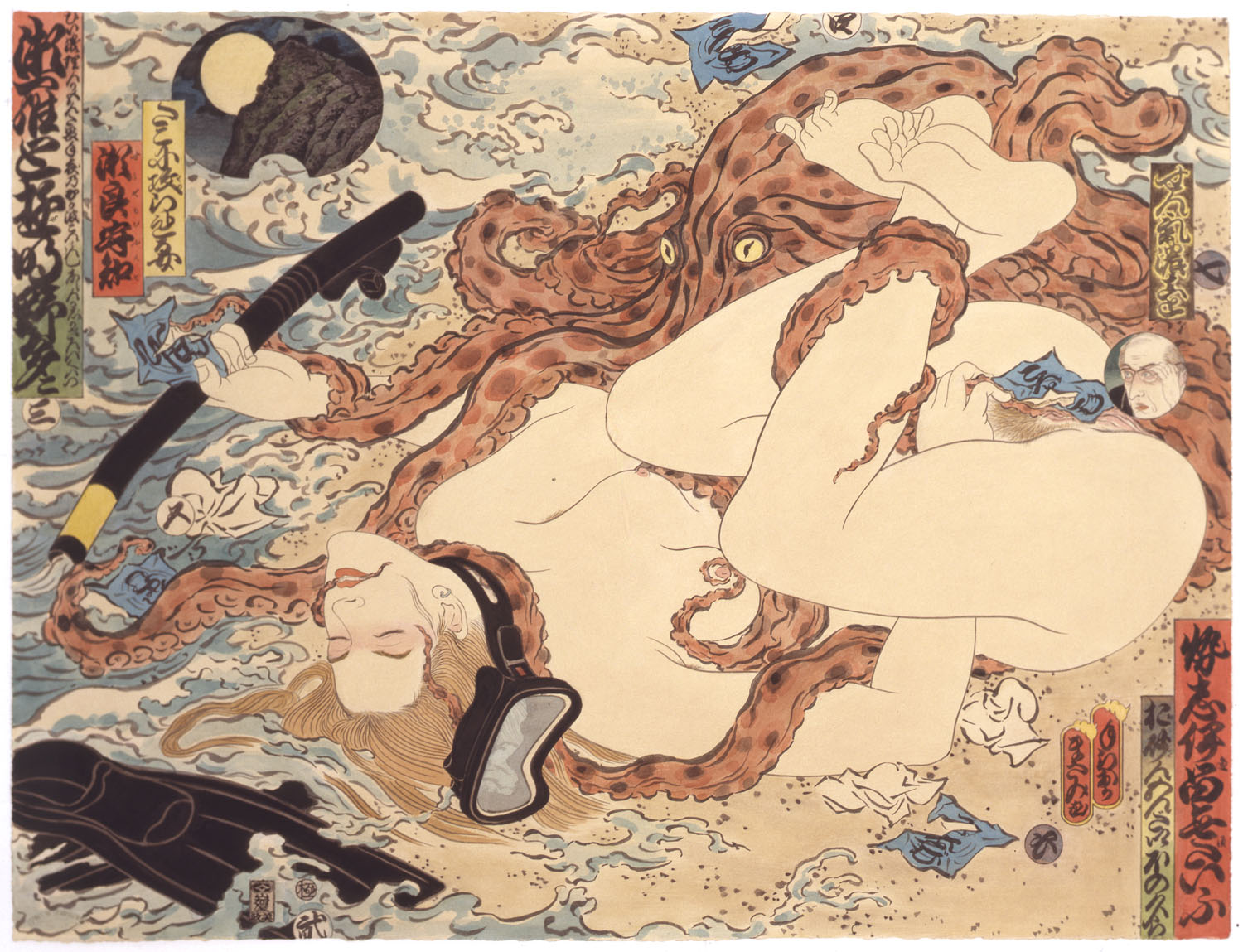
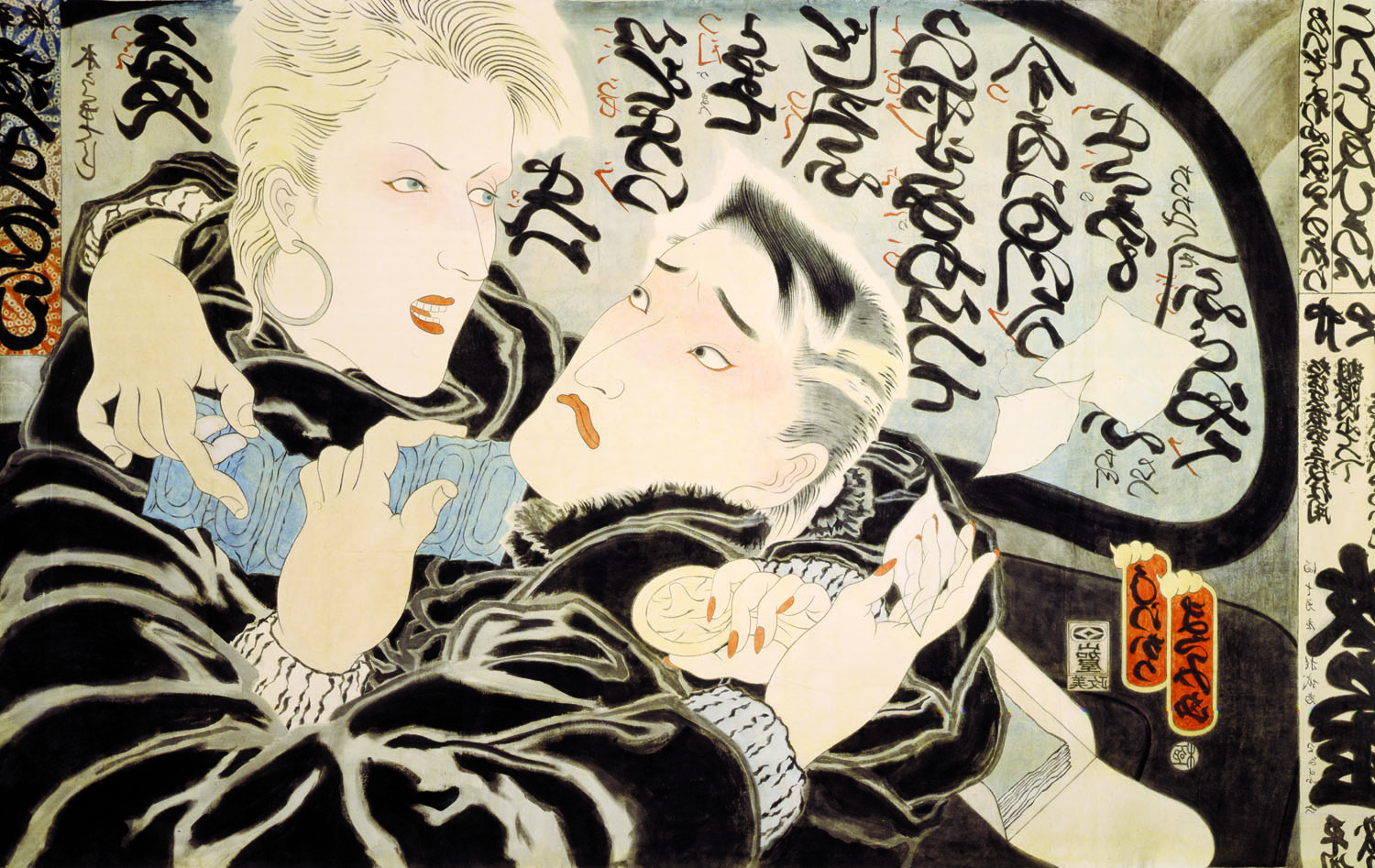
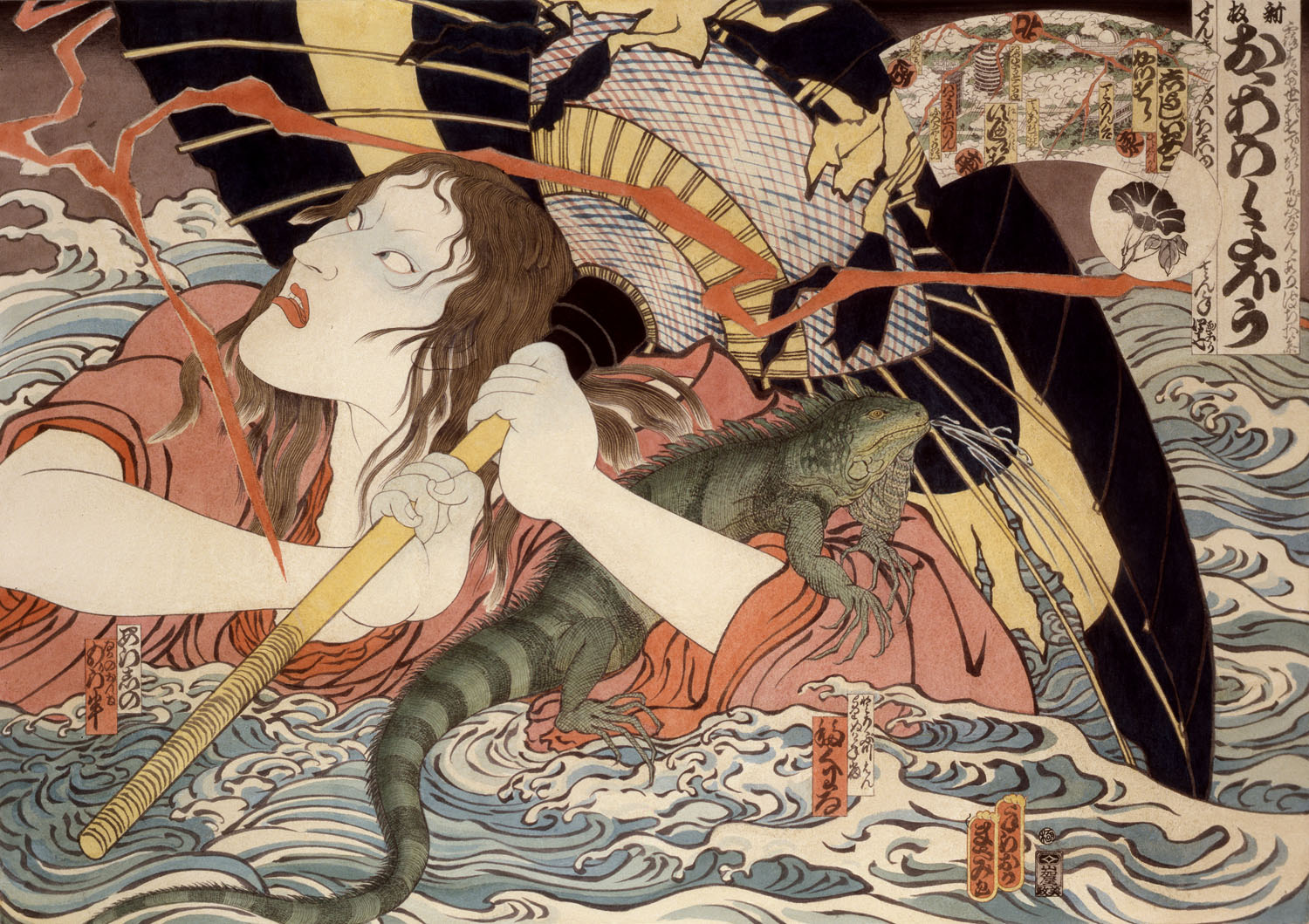
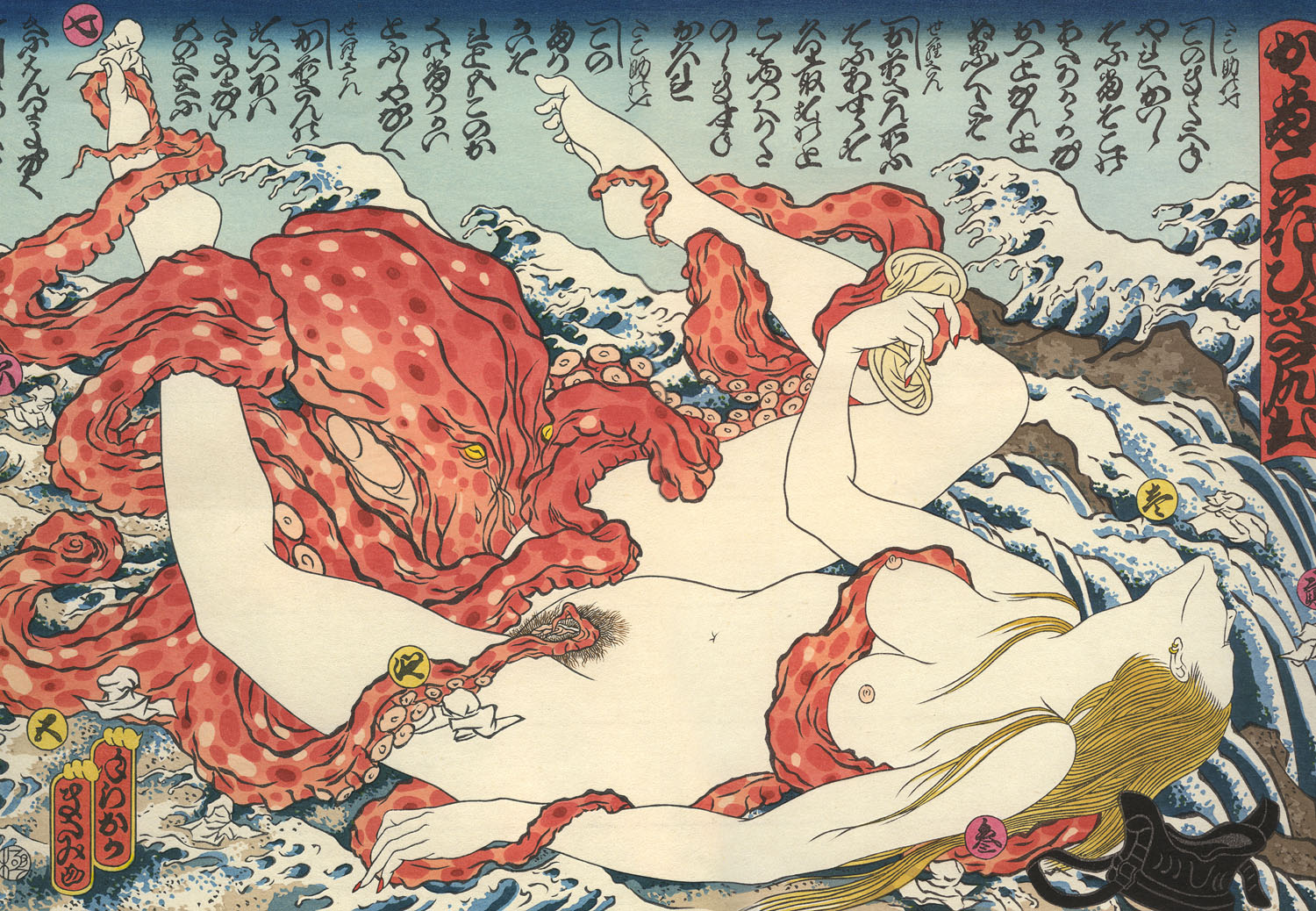
On Violence as a Theme in Art
My earliest works are made in the traditional ukiyo-e manner and reflect my cultural background. I chose the vocabulary of ukiyo-e because that was a type of beauty with which I was very familiar, having grown up with it. I was fascinated with the great ukiyo-e masters Hokusai and Kunisada, and studied their similarities and differences closely. At that time I still felt somewhat apart from American culture, so the first series “McDonald’s Hamburgers Invading Japan” and “31 Flavors Ice-Cream” series used the ukiyo-e vocabulary to address the topic of the aggressive expansion of American consumerism culture around the globe.
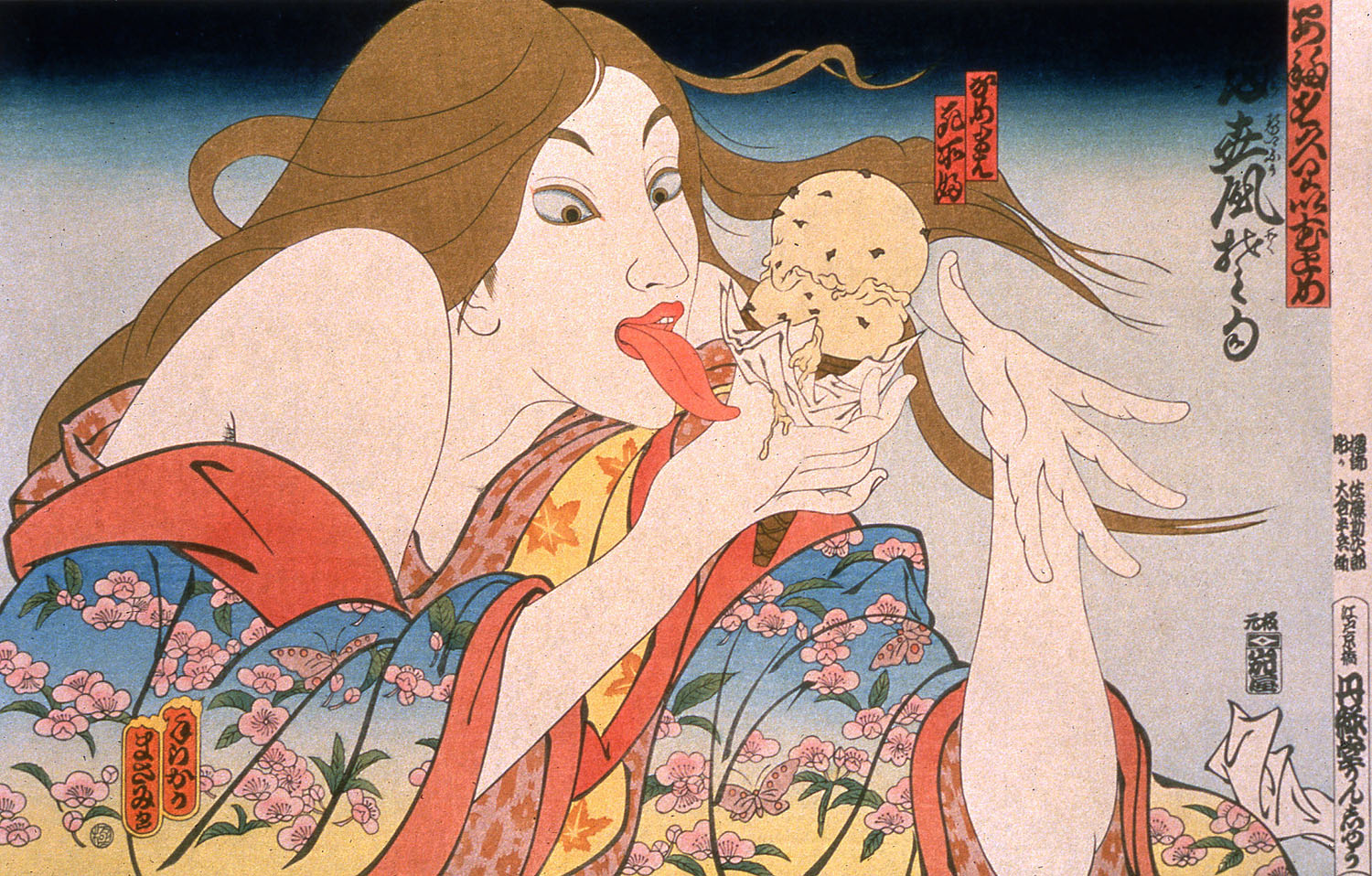
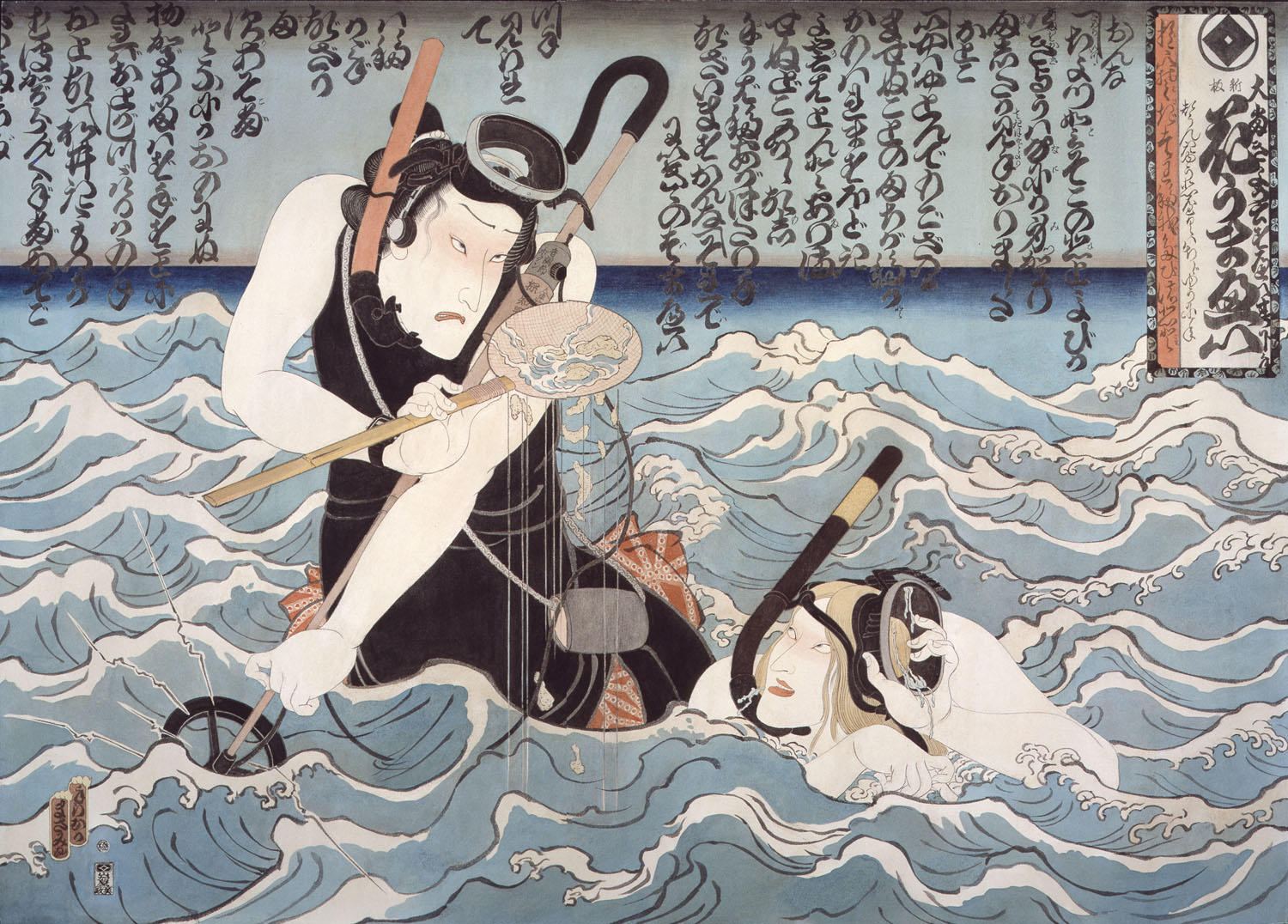
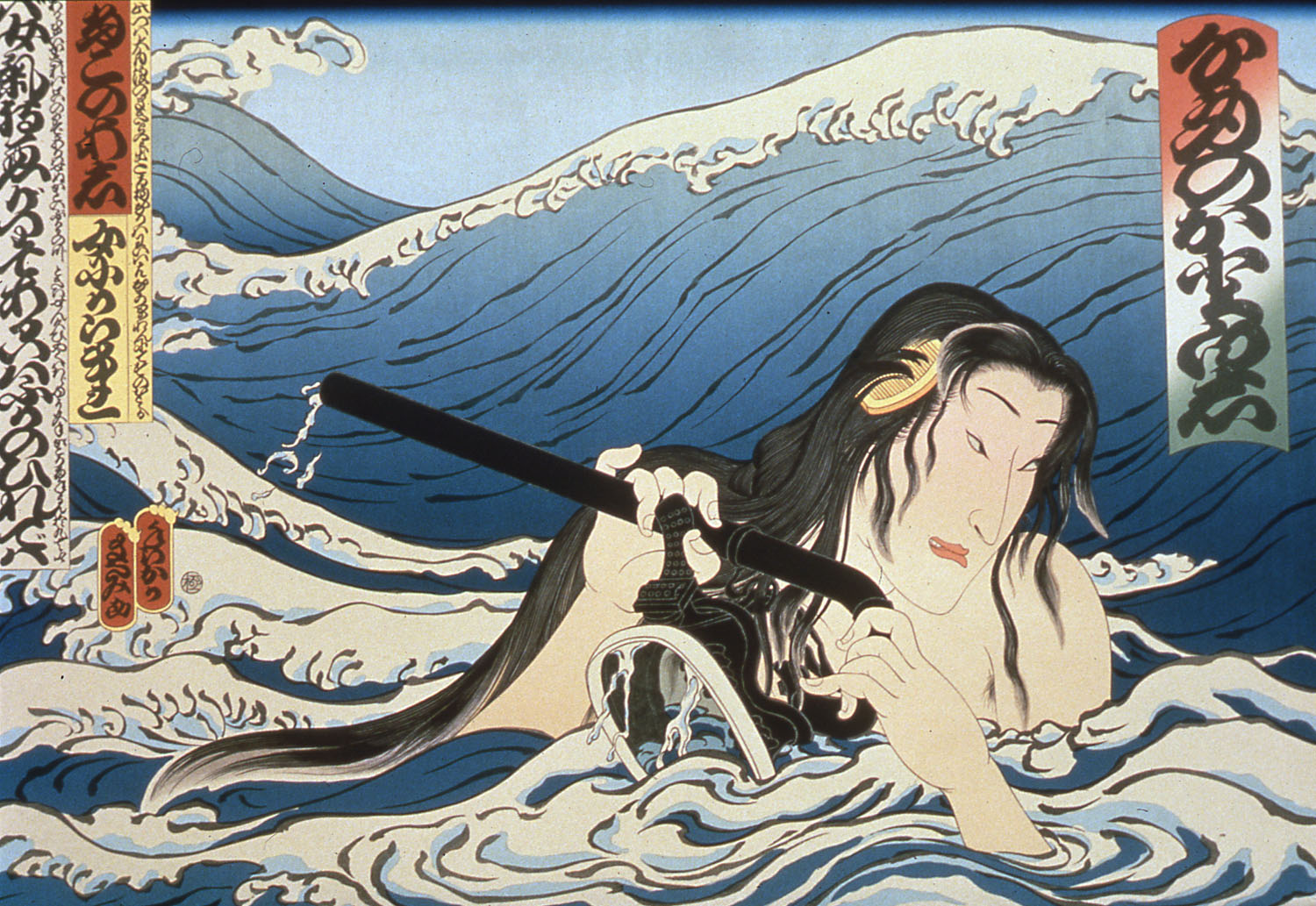
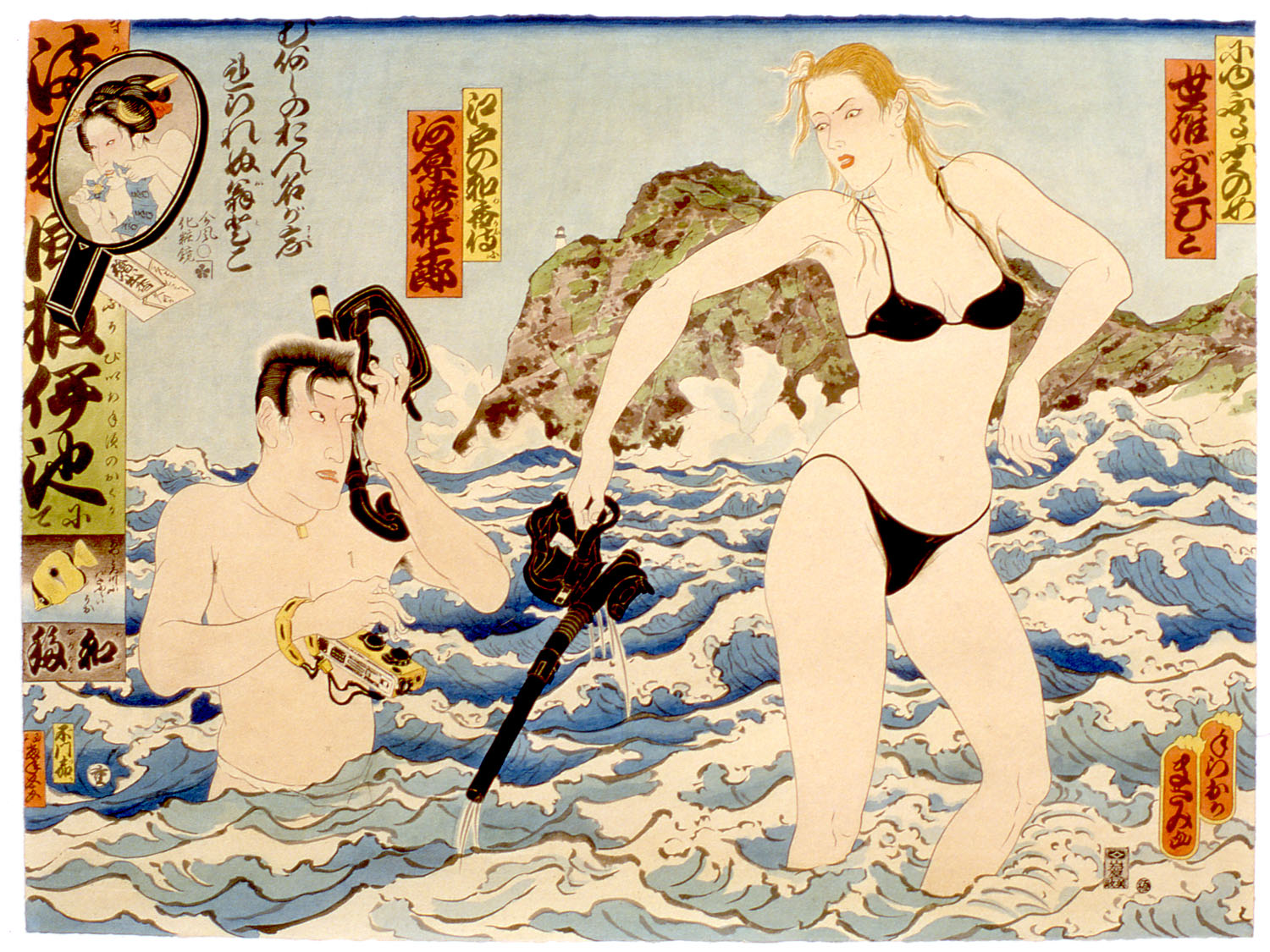
Everything in human life relates to sexuality. Discovering American culture as an artist in the 1960s and 1970s, I naturally became interested in themes related to sexuality. First, the sexual revolution of the 60s, and then later the issues of AIDS, clergy sexual abuse, and other dark topics. I also became interested in American moral history and began pursuing my own research, tracking some of this back to religious cultures in the Church of England and the Catholic Church. I discovered a part of the history of the Catholic Church that was both beautiful and creepy. I read about the many dark secrets that were kept hidden by its faithful members through the centuries. I learned that sexual abuse had been one of its hidden secrets from the very beginning.
The theme of hidden sex abuse fascinates me as a subject for paintings because of the intricacy and intrigue that are involved. Because all these secrets were kept hidden, I discovered great swathes of history that were untouched by prior artists, and here I found a rich field of moral themes for exploration. However, the vocabulary of ukiyo-e which I had been using didn’t fit the subject matter: I needed to adopt a renaissance style and vocabulary in order to remain connected to the history itself.

The reality is much more provocative than my art. I actually don’t provoke at all. I’m not painting pin-up girls; I want to show them as independent women who have suffered and come through the abuses. As an artist I want to interfere with the pain that’s hidden inside them. I want them to take the role of confessors — to become their own confessors instead of remaining silent victims with abusive confessors. My paintings are the telling of a secret, a contribution to studies of the theme of sexual abuse of nuns.
I tweeted Pope Francis telling him that I’m making triptychs about sexual abuse by the clergy. He still hasn’t called me — but if he does, I have prepared a little speech for him: to show they are making progress on the Catholic clergy sexual abuse issues, the best thing they could do would be a show of my paintings in the Sistine Chapel in Rome.
On Pussy Riot
Recently I became interested in the political and social changes in Russia. For me as an artist, this is a kind of evolution of the previous theme: central authority versus individual rights. I became aware of the dissident punk artist group Pussy Riot, who use performance art in Russia to demonstrate for individual rights, and have spent time in jail for it. Central authority suppressing freedom of expression is another important part of my narrative, so it seems we have a lot of commonality of vision.
Right now I’m preparing new works for my upcoming solo show at the Koa Art Gallery of the University of Hawaii Kapiolani Community College in Honolulu. The show will run from February to April 2017. I’m raising funds to invite Viktoria Naraxsa, who is the director, choreographer, and one of the performers of Pussy Riot. She is interested in coming, and we plan to have a performance art workshop in Hawaii in coordination with my show at the Koa Gallery.
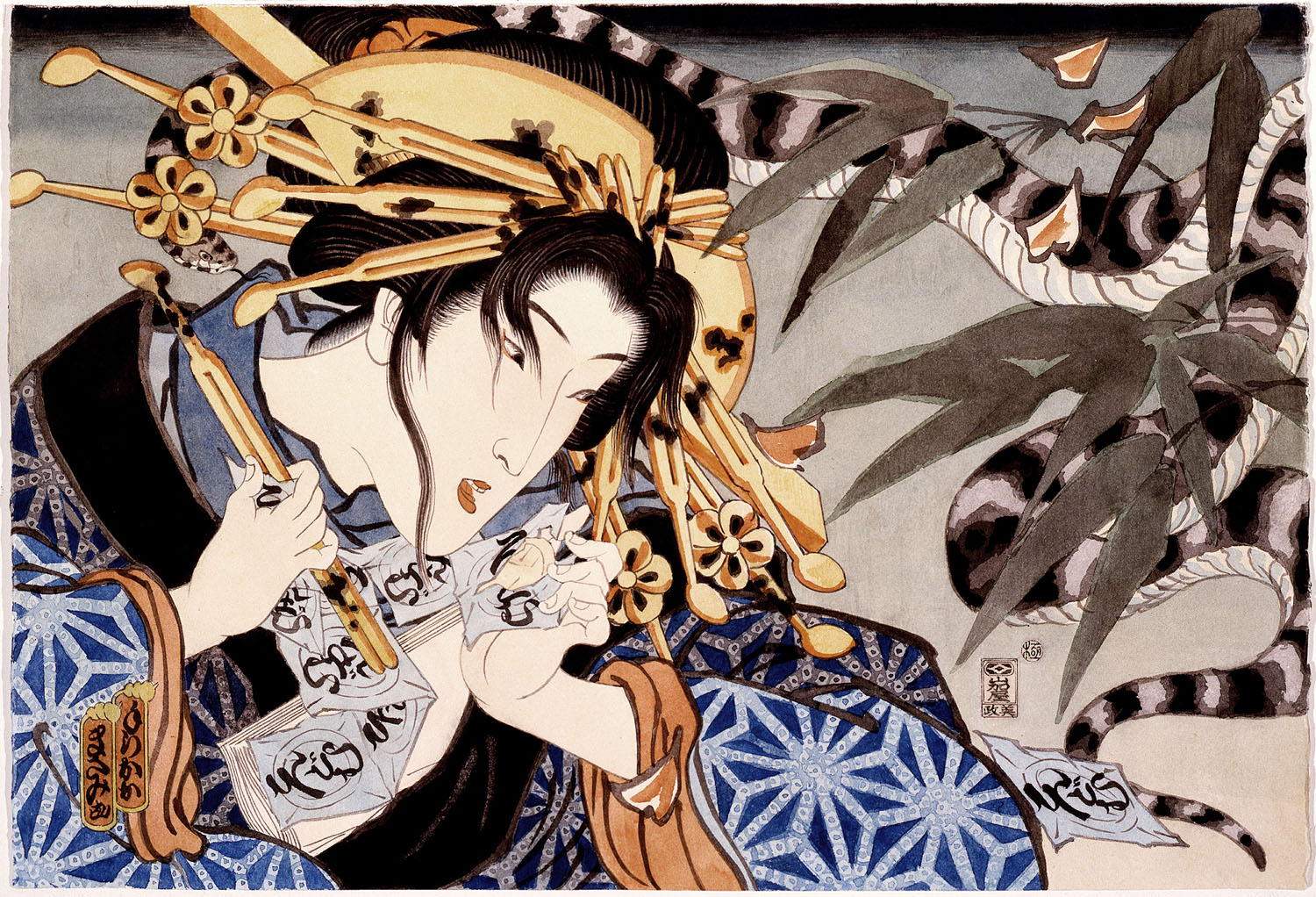
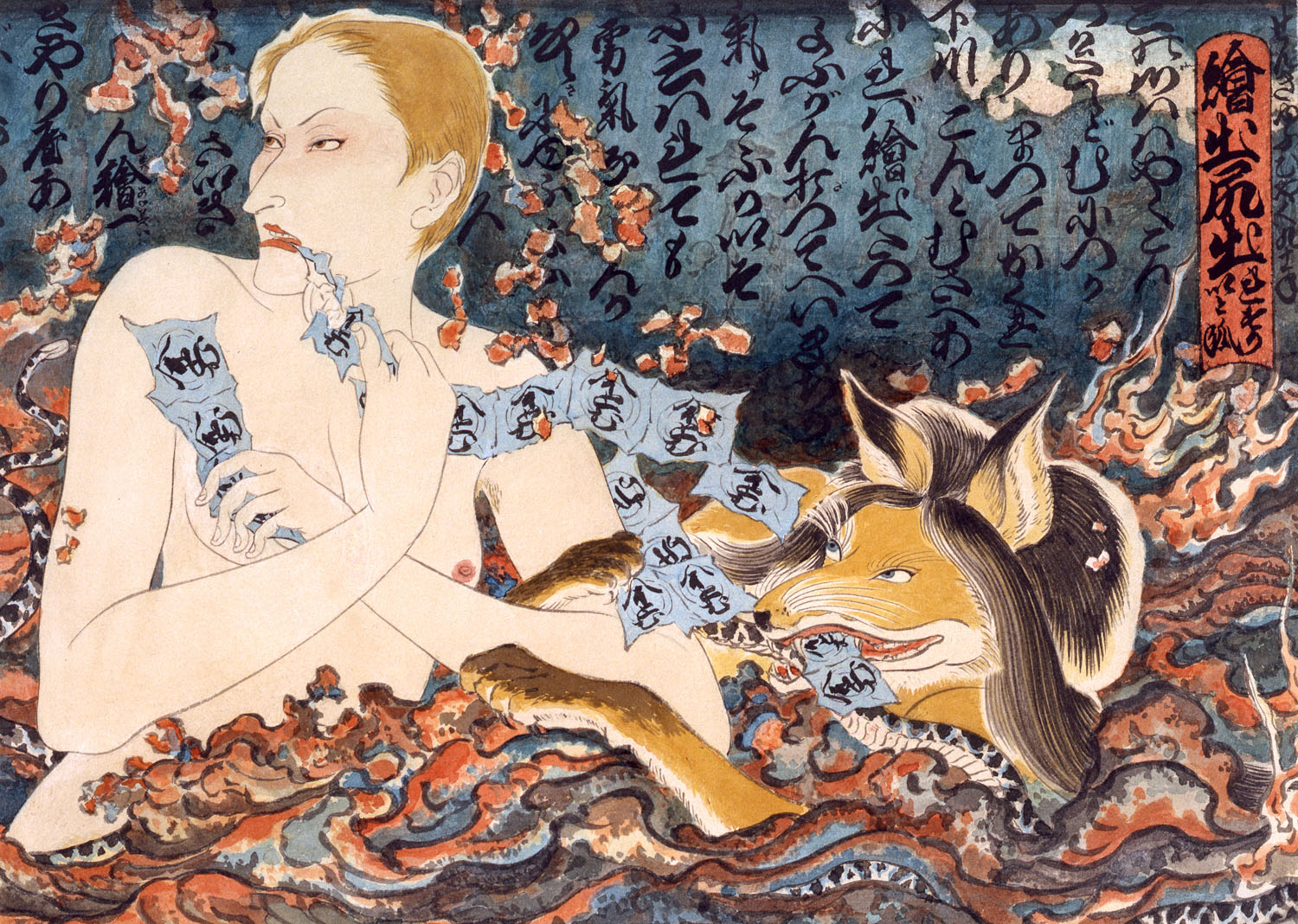
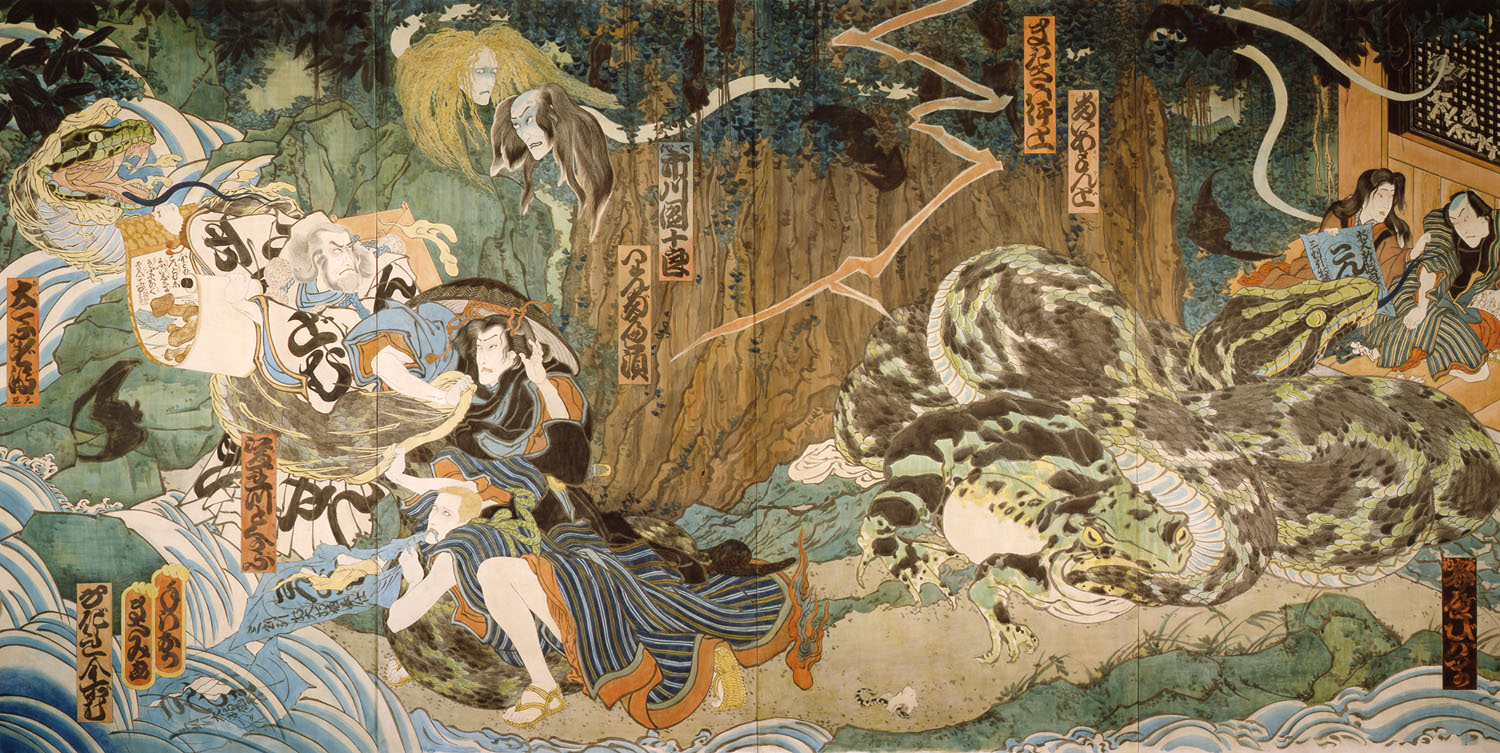
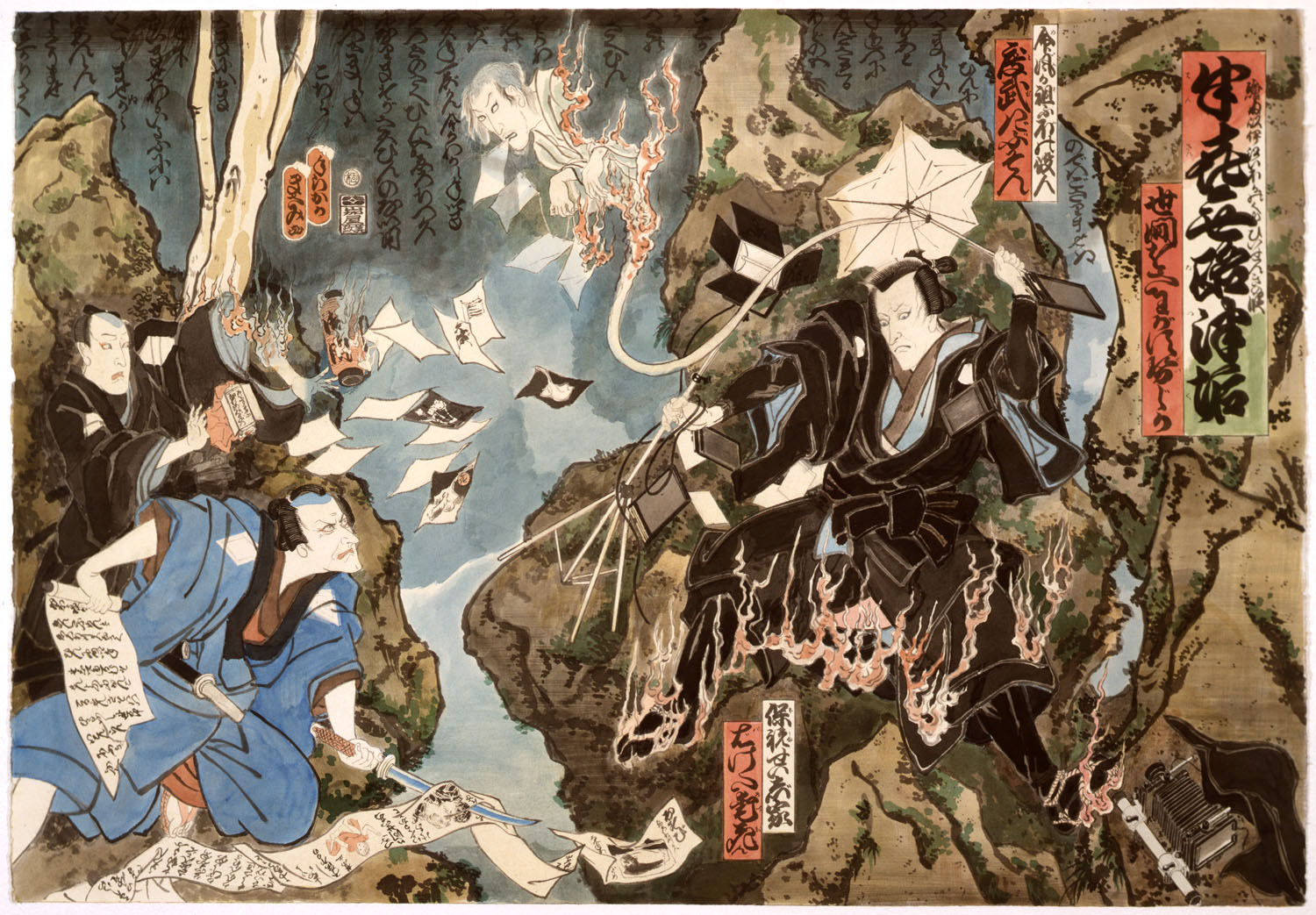
New and best
